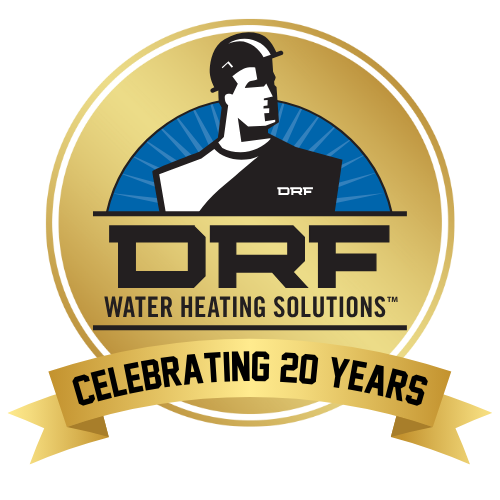In apartment buildings, condos, and other multi-family properties, a leaking water heater can cause damage far beyond the unit it’s located in. A small, undetected leak can quickly lead to ruined flooring, damaged drywall, mold growth, and tenant complaints—not to mention costly insurance claims.
Drip pans provide a simple, low-cost layer of protection by collecting water from minor leaks or overflows and channeling it safely to a drain. In multi-family settings, where water heaters are often installed in utility closets, mechanical rooms, or shared attic spaces, pans are an essential preventive measure.
Where Drip Pans Are Required
Building codes and plumbing best practices require a drip pan in specific scenarios, especially when the water heater is installed:
Above Living Spaces
This includes second-floor units, attic installations, or mechanical rooms over occupied units. A leak here could affect multiple apartments and result in significant damage.
In Finished Spaces
If your water heater is located in a finished basement, hallway closet, or utility room with finished floors and drywall, a drip pan is required to avoid structural and cosmetic damage.
Proper Drainage is Key
It’s not enough to simply place a pan under the water heater—it must also be piped to a floor drain or an approved drainage point. Without a connected drain line, a full drip pan can overflow and still cause property damage.
In some older or space-constrained buildings, a nearby floor drain may not exist. In these cases, a licensed plumber can help identify code-compliant alternatives, such as a condensate pump system that redirects water to a safe outlet.
Code Compliance and Risk Reduction
Most jurisdictions follow the International Plumbing Code (IPC) or Uniform Plumbing Code (UPC), both of which require drip pans in installations where leaks could damage the building. Staying in compliance doesn’t just protect your asset—it minimizes risk, reduces liability, and helps you avoid expensive repairs and tenant disruption.
If you’re unsure whether your property’s water heater setups meet current code requirements, schedule a walkthrough with a licensed plumbing contractor who understands the unique needs of multi-family properties. The cost of installing a drip pan and proper drainage is minimal compared to the potential cost of water damage across multiple units.
Or, let us know how we can help, and we'll contact you to recommend the best solution and solve your problem as soon as today.
Notifications
